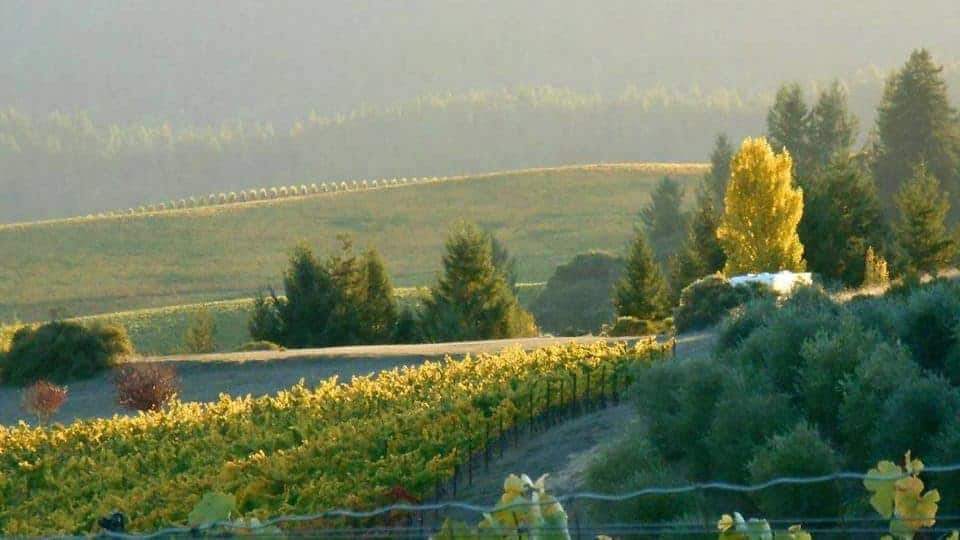Scharffenberger Cellars
Details
Address 8501 Highway 128
City Philo
State CA
Zip 95466
Phone (707) 895-2957
Days and Hours of Operation: Daily 11-5 excluding major holidays
Business Contact Name Greg Lamer
AVA(s) Anderson Valley, Mendocino County
Sparkling Brut, Rose
Outdoor Tastings Yes
Curbside Pickup Yes
Website go to website
Make a Reservation
The history of Scharffenberger Cellars begins in 1981 in the heart of California's Anderson Valley. Situated only miles from the coastal influences of the Pacific Ocean, Scharffenberger Cellars also enjoys the deep soils and sunshine within the protected valley.



































